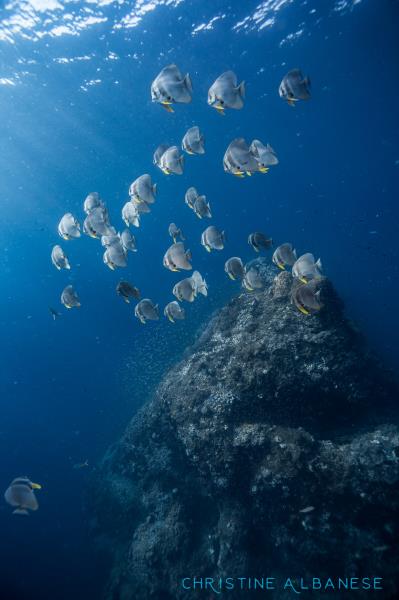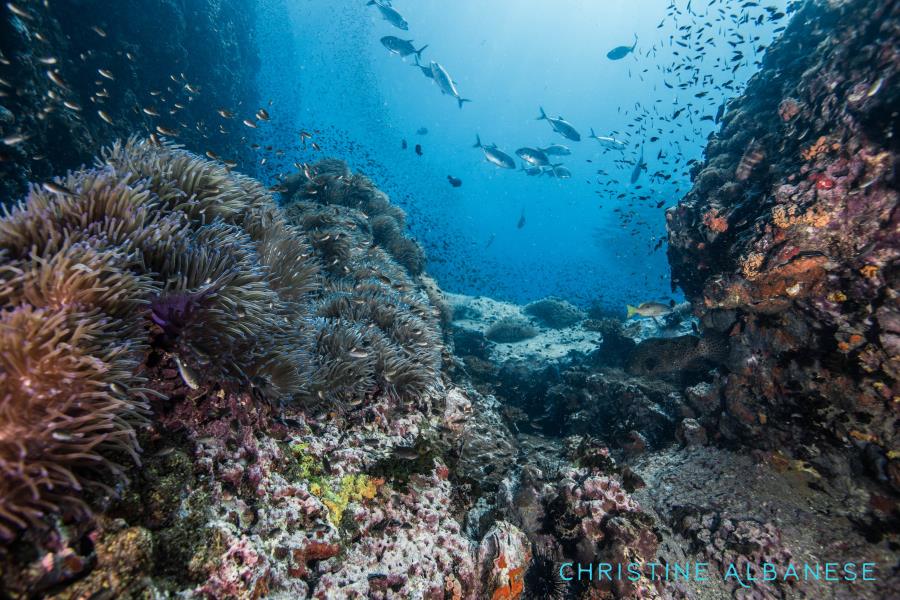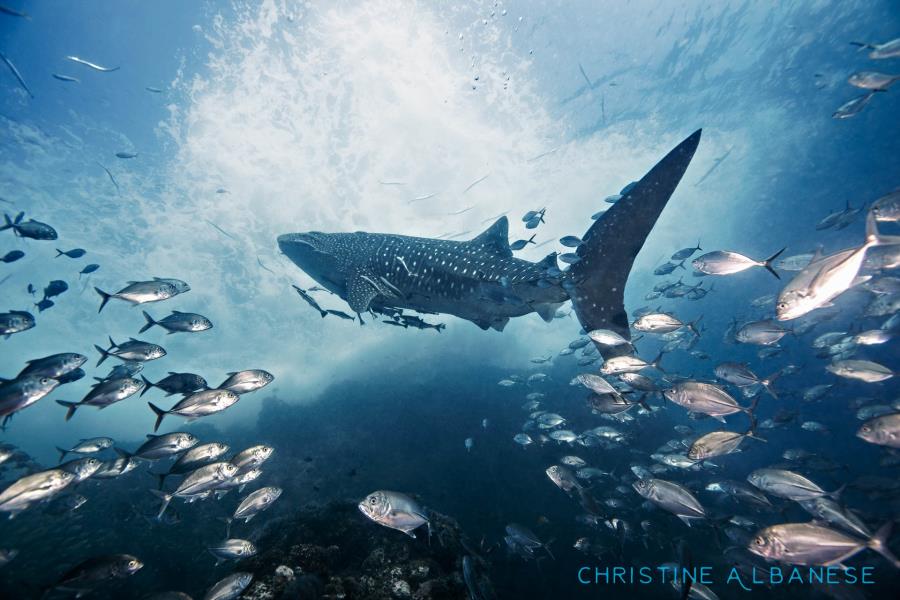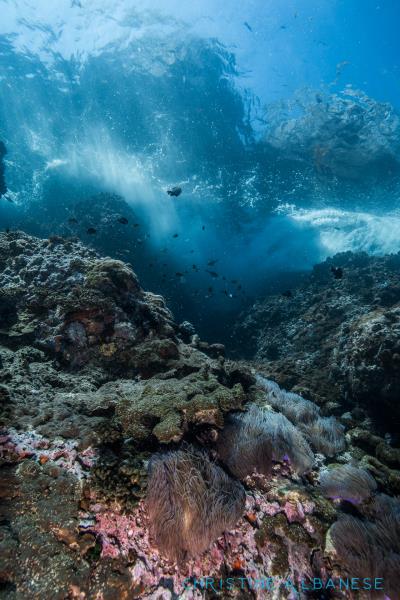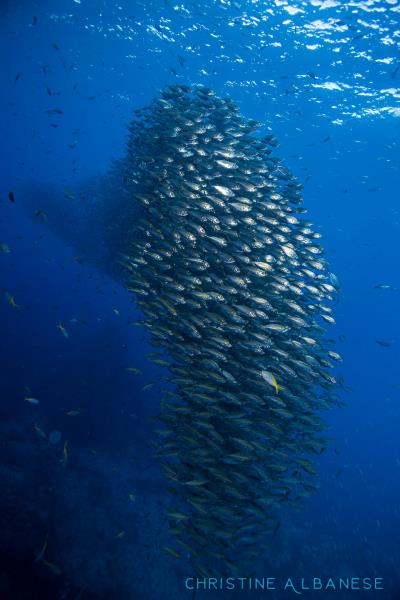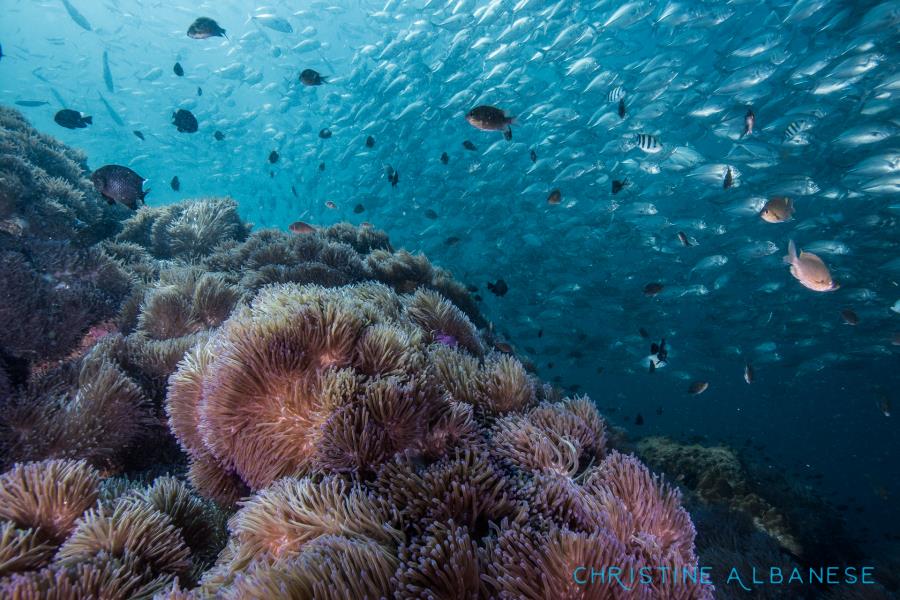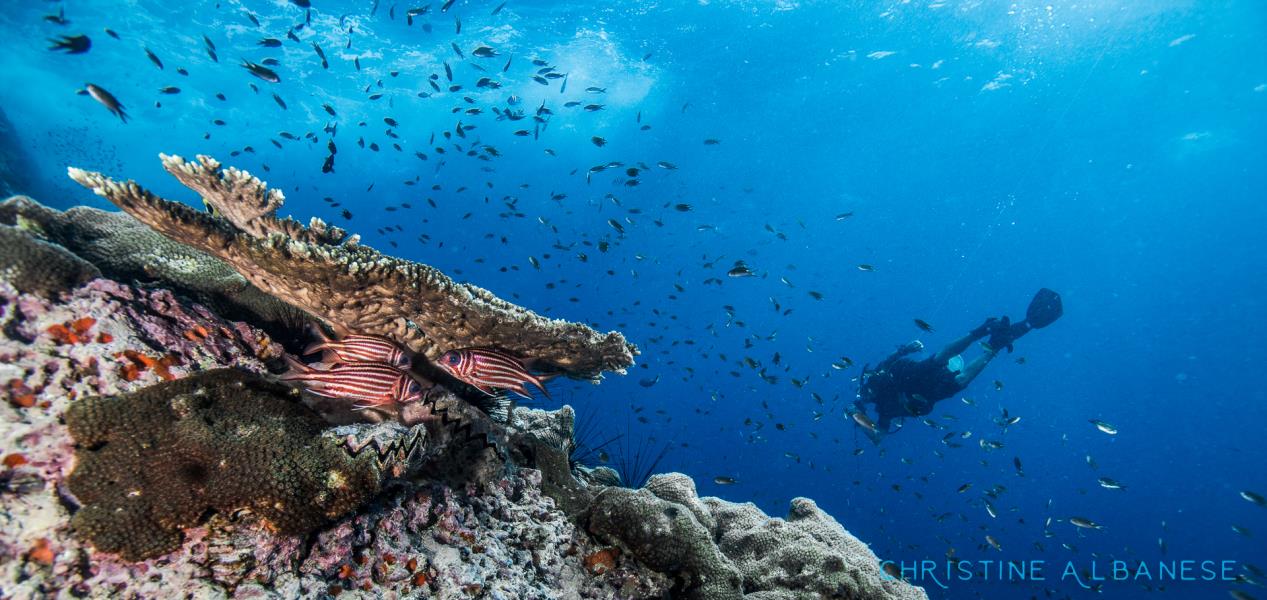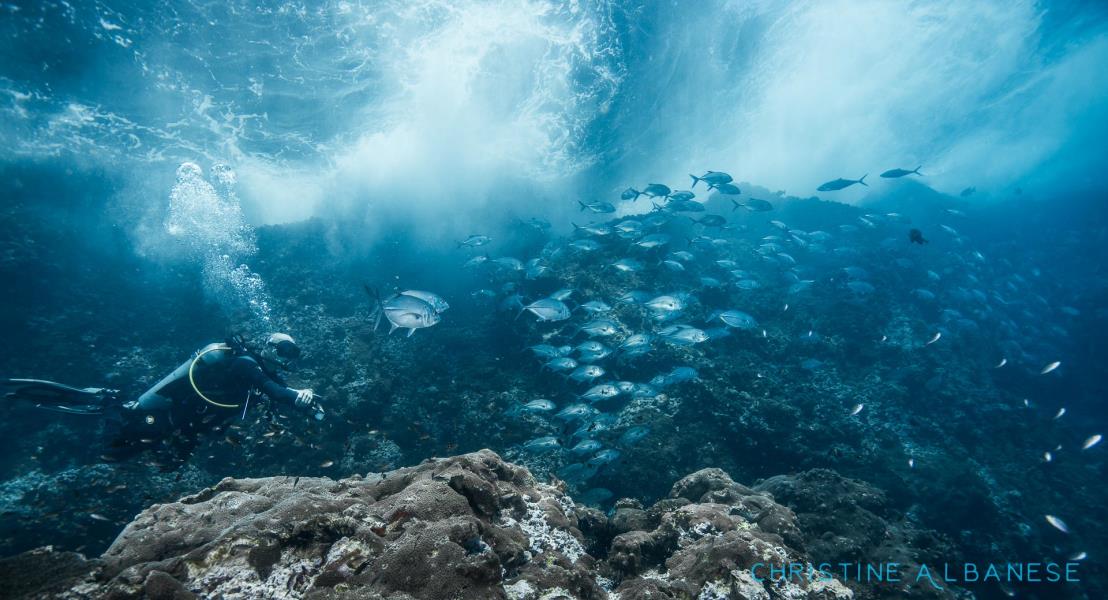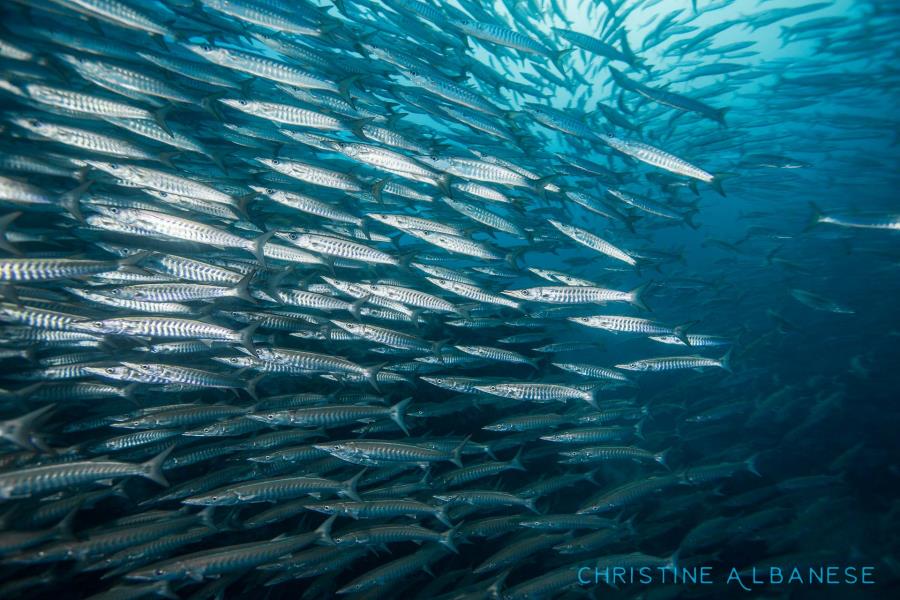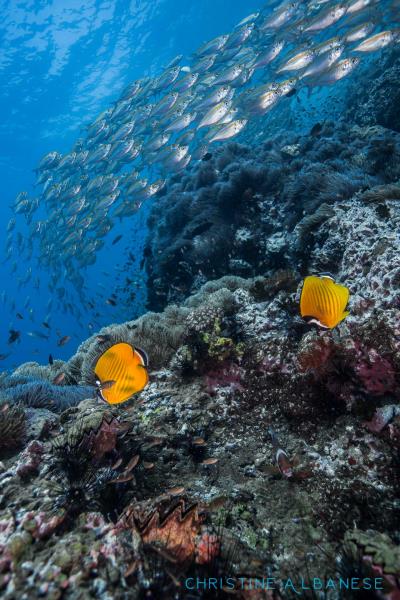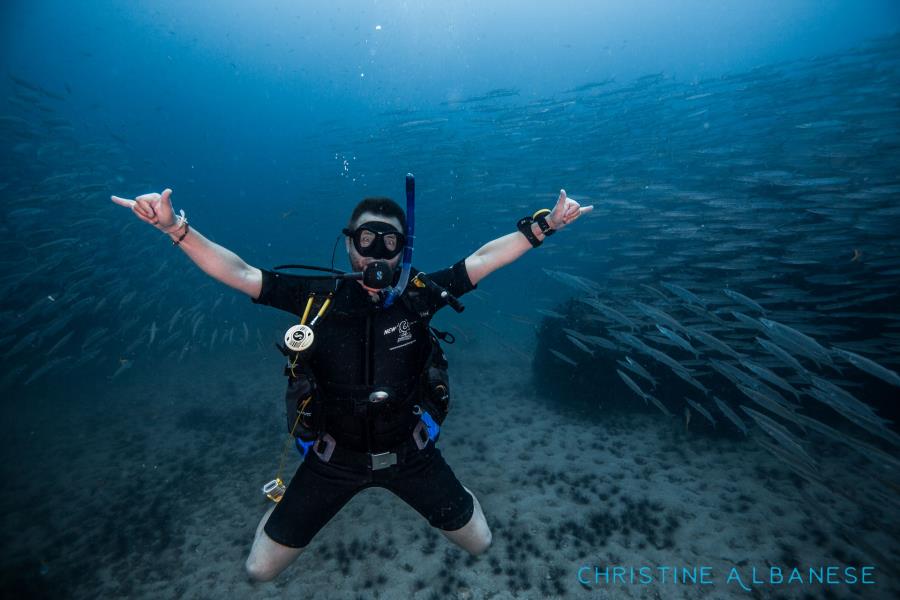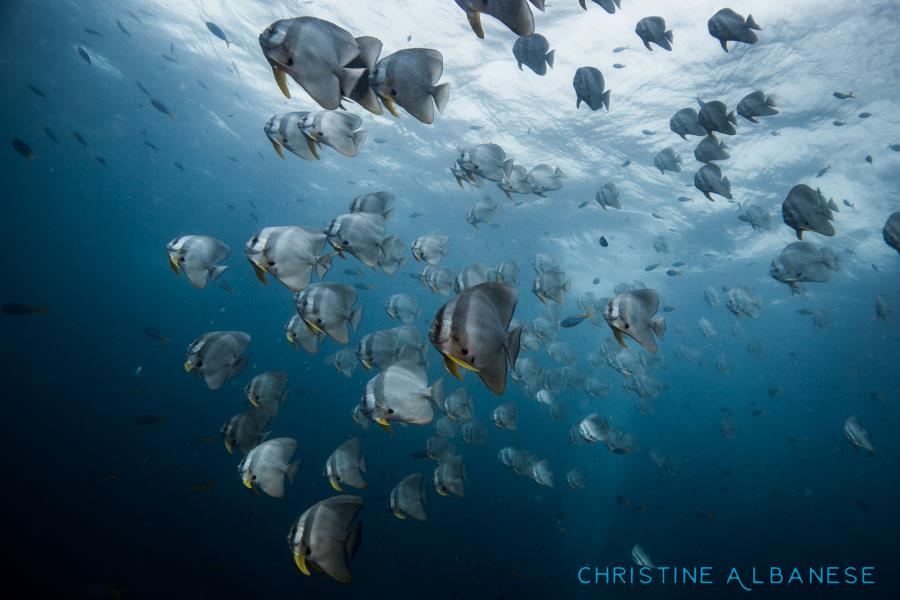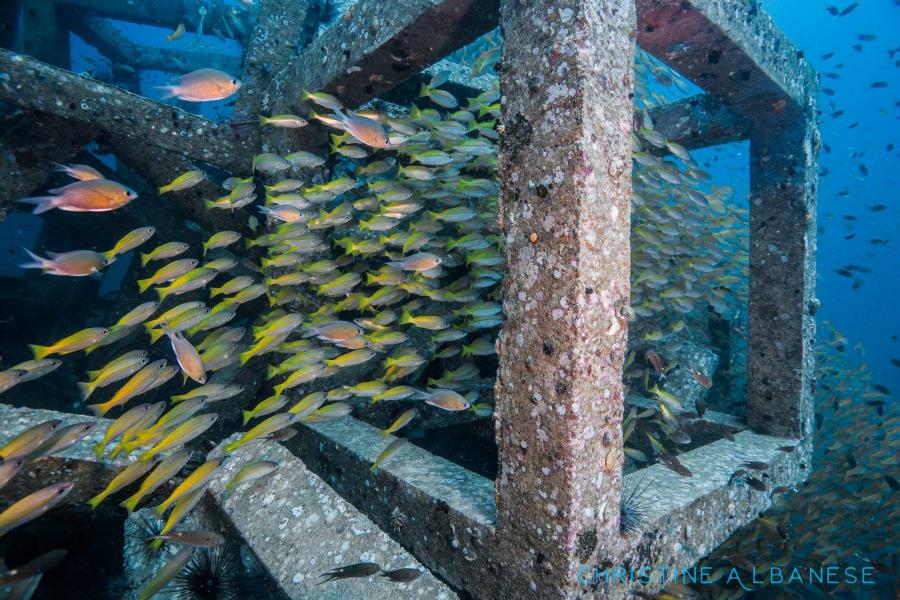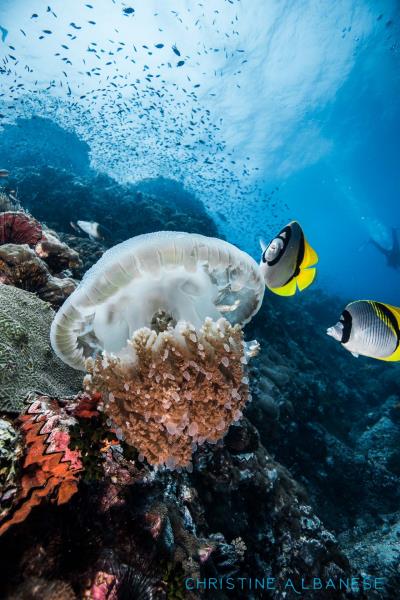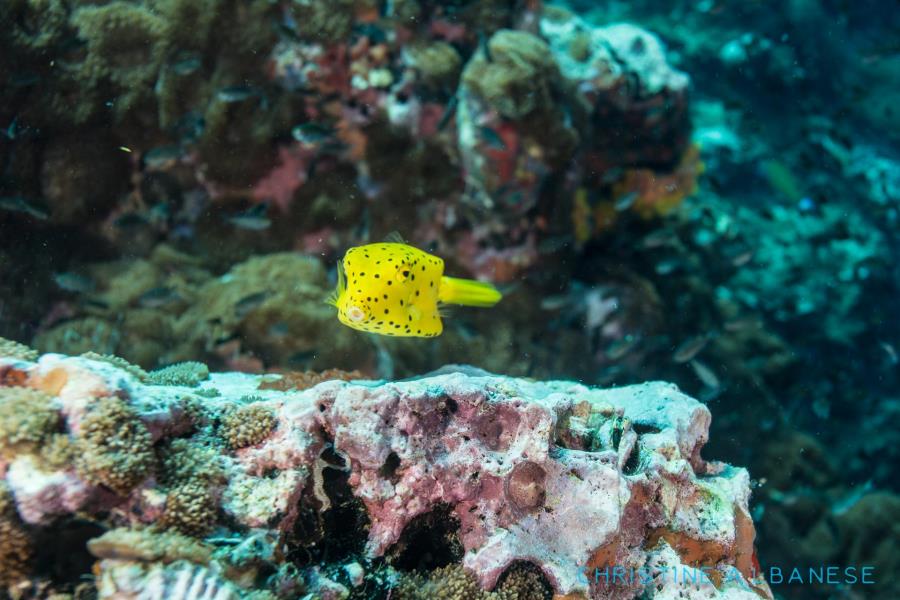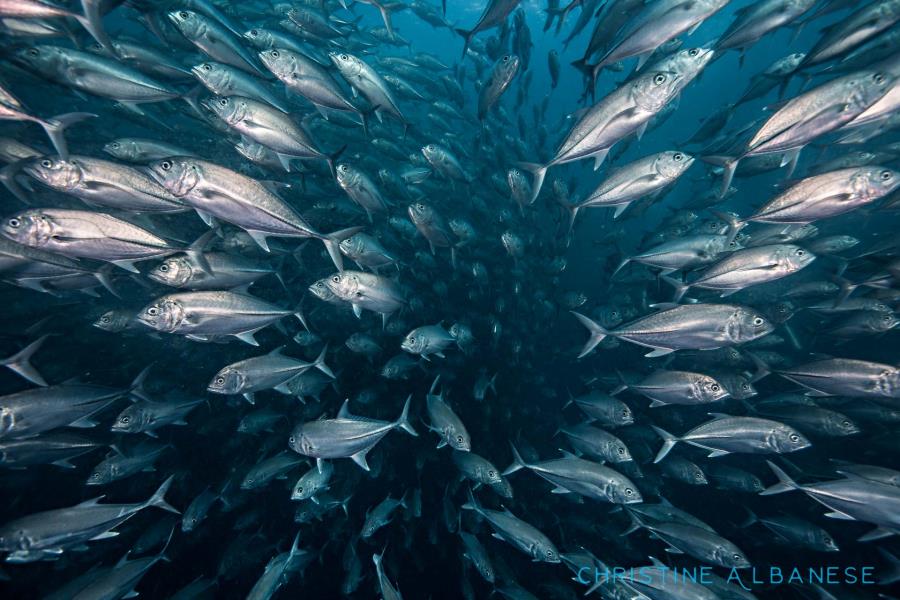 Advice on Scuba Diving in Ko Samui, Thailand
Advice on Scuba Diving in Ko Samui, Thailand
Part 1: Overview of Scuba Diving in Ko Samui, (Thailand)
The picturesque island of Ko Samui, one of the most popular of Thailand’s touristic outlying islands, has a well-deserved reputation as a scuba diving paradise. Located in the Gulf of Thailand, and somewhat sheltered from the harshest of weather by the curving mainland, this palm covered playground attracts over one and a half million visitors a year to enjoy its colorful festivals, whether it’s bull fighting or competing or a triathlon, and to discover the unique marine life for which it is so famous.
Recreational diving on Ko Samui became popular around the 1980s, when travel to these outlying islands became easier to manage, and this tiny atoll, a mere 25km long at its widest point, became home to a growing number of local and internationally run dive shops. The island is divided into seven sub-districts, and the northern and eastern coastlines are where most shops are concentrated, close to the best of its beaches. Lamai Beach in the south is generally considered the main tourist destination, and as well as its long stretch of golden sand, it’s also relatively easy to get to by ferry from the mainland.
Beach dives on Ko Samui are plentiful and pretty near perfect for beginners. The warm, shallow waters and gently sloping seabed are ideal conditions for a first dive, and there’s no lack of marine life to be disappointed by either. Experienced scuba divers visiting this part of Thailand have plenty of challenging options as well, with the remarkable Sail Rock and its 12m vertical chimney to explore, or the charming coral reef and visiting whale sharks of the waters surrounding Ko Tao to the north. Getting to some of the more remote dive sites is generally by speedboat operated by a dedicated dive shop, but solo divers have often taken advantage of the ferry from Ko Samui to the Ang Thong National Park. It’s almost an hour-long crossing, but these remote islands are the ultimate retreat.
Ko Samui, as with the rest of Thailand, has a monsoon season that can affect diving conditions. The hottest months begin in February and end around September, when the worst rains begin to arrive. October to December is when the monsoon winds and driving rain really take hold, and although tourists still arrive on the island in droves, the sea swells pick up around this time making visibility poorer and currents a lot less friendly.
Part 2: Dive Sites, Marine Life & Environment in Ko Samui, (Thailand)
With such a variety of dive sites available in the Gulf of Thailand, Ko Samui is perfectly positioned to reach the majority of the most famous sites on day trips by speedboat. Dives here range from gentle, beginner dives, often from the beach or by boat to the shallower reefs, to deep wreck dives and interesting rock formations in the open waters.
The most famous of all dive sites in this part of the Gulf is the dramatic face of Sail Rock, rising 15m above sea level and forming a solid barrier beneath the waves. This remarkable structure descends to the sea floor 40m below and attracts a variety of marine life, from barracuda and whale sharks, to tuna and yellow margin moray eels. And beginning at 6m below the surface, a vertical chimney descends into the depths, taking divers on an underwater exploration as unique as this remote outcrop.
The Chumphon Pinnacles near Ko Tao offer a similar diving experience, with a range of peaks rising and falling at various heights, but always below the water’s surface. This undulating ridge is home to all manner of marine creatures, including some dramatic corals and wandering seahorses, larger shoal of tuna, mackerel and trevally. This dive site is not often used by beginners, unless conditions are exceptionally good, but it remains a firm favorite with advanced divers, and can easily be reached by speedboat for a two or three dive trip.
For advanced divers only, the submerged Samran Pinnacles can be spotted by their cresting tops that reach two meters above sea level to the north of Ko Samui. The formation is actually three pinnacles lying in deep waters, and they offer superlative wall dives for confident scuba divers. The currents here are strong but they bring with them some of the Gulf’s largest predatory fish, including jacks and the ever-present barracuda.
A final favorite is the little known Green Rock, just north of Ko Tao. This more recently discovered dive site in Thailand offers an outstanding selection of shallow and deep dives, with swim throughs, caves, and archways to explore. It’s colorful and busy, with plenty of exotic reef fish to admire. Divers with a keen eye might manage to spot the resident group of blue-ringed angel fish.
Part 3: Dive Shops, Airports & Logistics of Diving in Ko Samui, (Thailand)
With diving on Ko Samui so popular, the last two decades have seen a rapid growth in the number of dedicated dive shops offering courses and tours to the island’s best locations. The majority of dive shops are found on the north and east coasts, in the districts of Mae Nam, Bo Phut and Maret, a collection of locally run outfits, and international brand name stores.
On the north shoreline of Ko Samui, just north of the Ko Samui International Airport, Bo Phut beach is home to some of the longest running dive teams on the island. The aptly named 100 Degrees East dive center is a five star PADI certified outfit with recognition for their outstanding services to training. They’re also the first PADI Eco-Dive center on the island, picking up the prestigious title in 2006, as well as beach dives and day trips to Sail Rock and Ko Tao, they also offer additional snorkeling tours for non-divers or to extend your trip.
Operating on the south coast of the island at tourist favorite destination Lamai Beach, Lamai Scuba Divers takes its guests on trips to remote dives sites like the Chumphon Pinnacles and lesser known Mango Bay to the north of Ko Tao, as well as local beach dives closer to their shop. They provide enriched air for extended dive sessions with reduced decompression time, and offer the relevant PADI training course for first time users. They’re a popular choice in this part of the island, where water sports are a real tourist focus.
Back up the east coast, just north of Chaweng, Silent Divers is a five star multicultural PADI outfit with a great reputation for interesting dive trips. Running regular speedboat and tour boat trips to exciting sites like Shark Island, they also operate high-speed catamaran sailings to outlying Chumphon Rock. One of their specialty trips is a wreck dive to the HTMS Sattakut, a scuttled Thai Navy vessel lying in 29m of water just of the island of Hin Pee Wee, purposely sunk to provide an artificial reef in these remote waters.
Ko Samui is the second largest of Thailand’s islands, and despite its position off land, it’s relatively easy to get to. Tourists tend to arrive on the island by plane through its dedicated international airport, but when a more elaborate route is required, ferries run regularly from the mainland just east of Surat Thani.
---- Book Your Diving ----
Fill in the Form Below.
Our hand picked regional partners will deliver no obligation quotes.
Tweets by @DiveAdvisorApp
Top Dive Shops
Top Dive Sites
Reviews
Dive Logs
Certifications Offered
-
Seal Team
Silent Divers , Ko Samui -
Bubblemaker
Silent Divers , Ko Samui -
Discover Scuba Diving
Silent Divers , Ko Samui
Dive Types & Activities
- Wreck Dive
- Training
- Reef Dive
- Underwater Photo & Video
- Boat Dive
- Beach Dive
- Drift Dive


